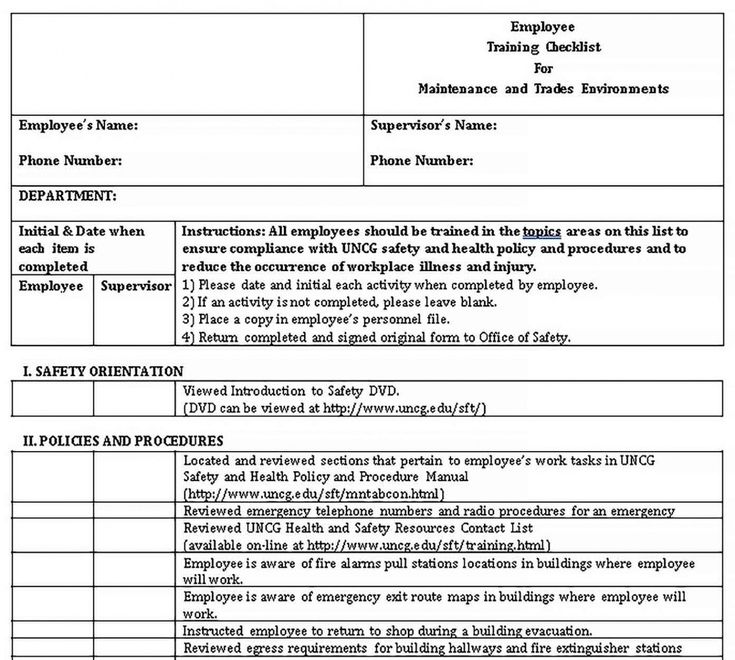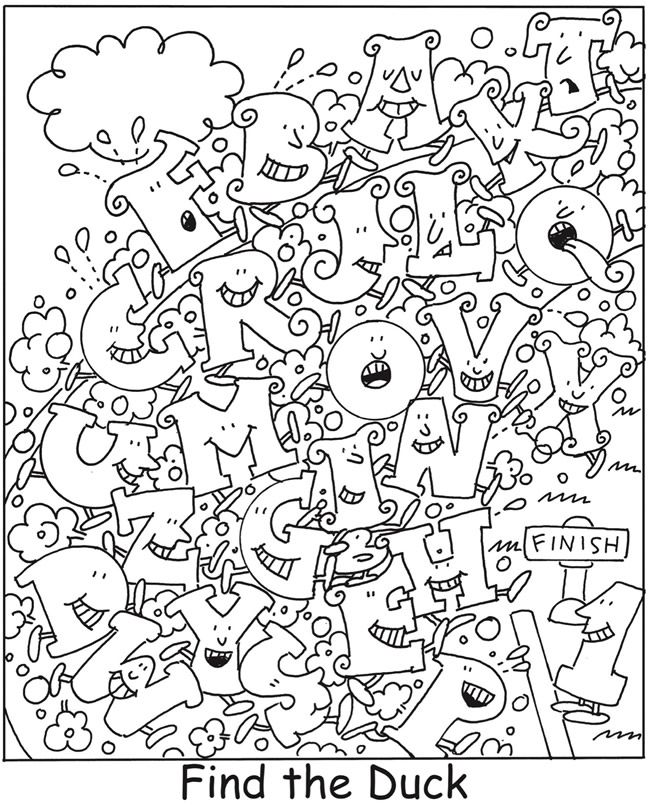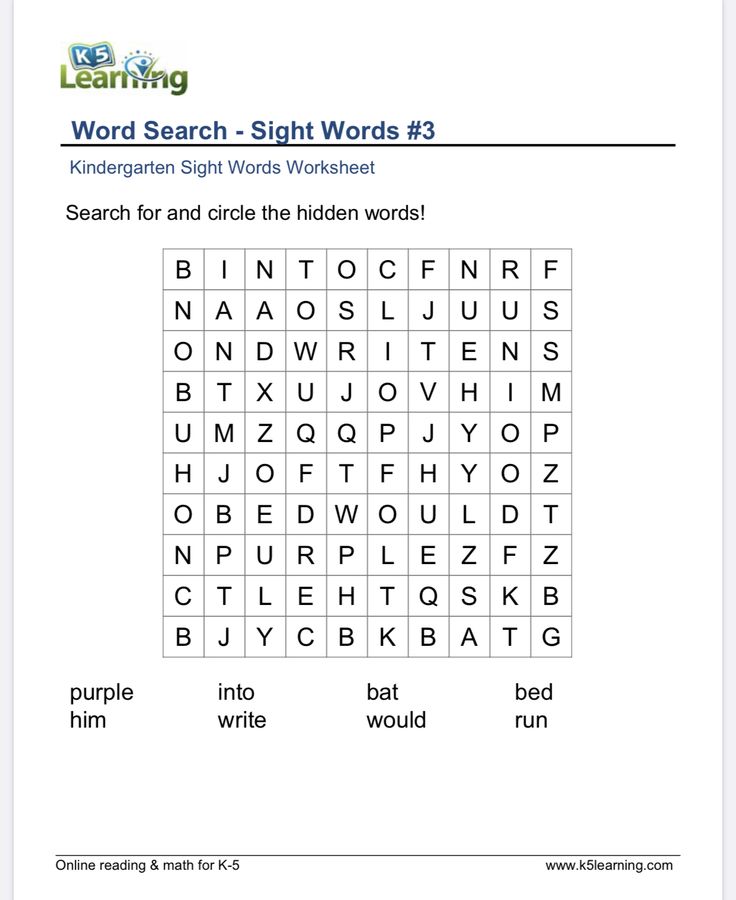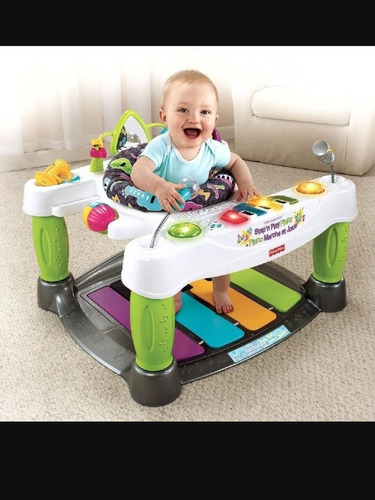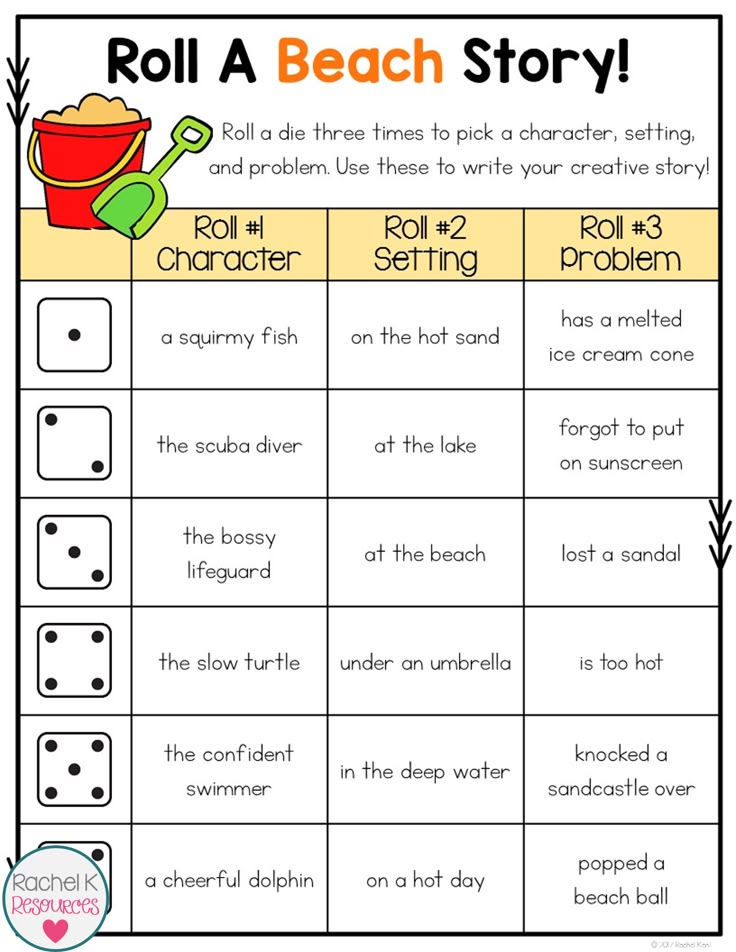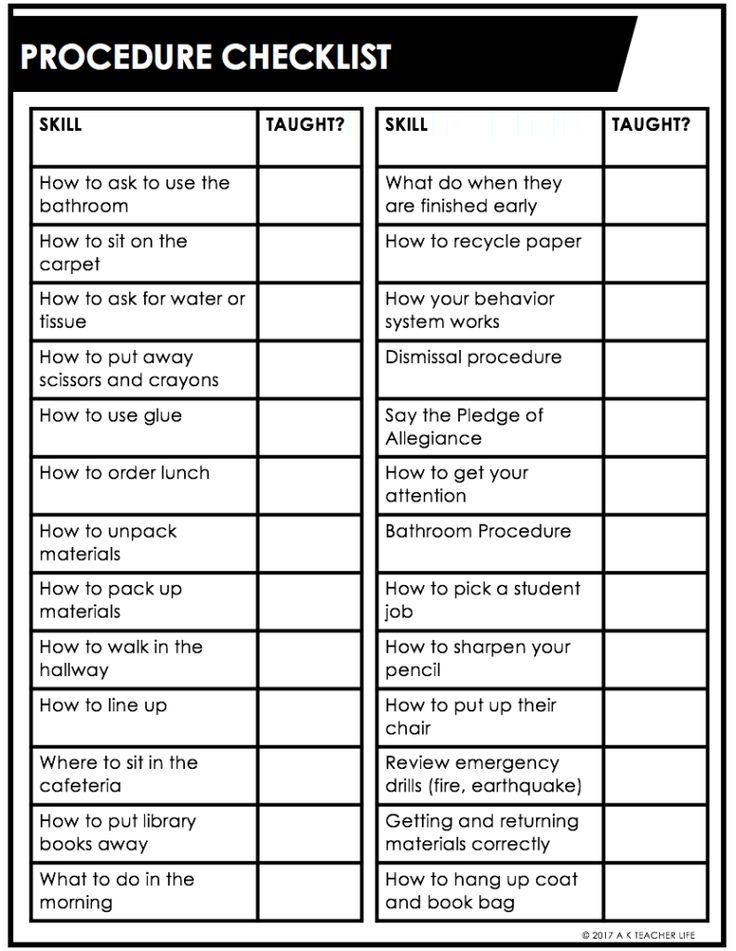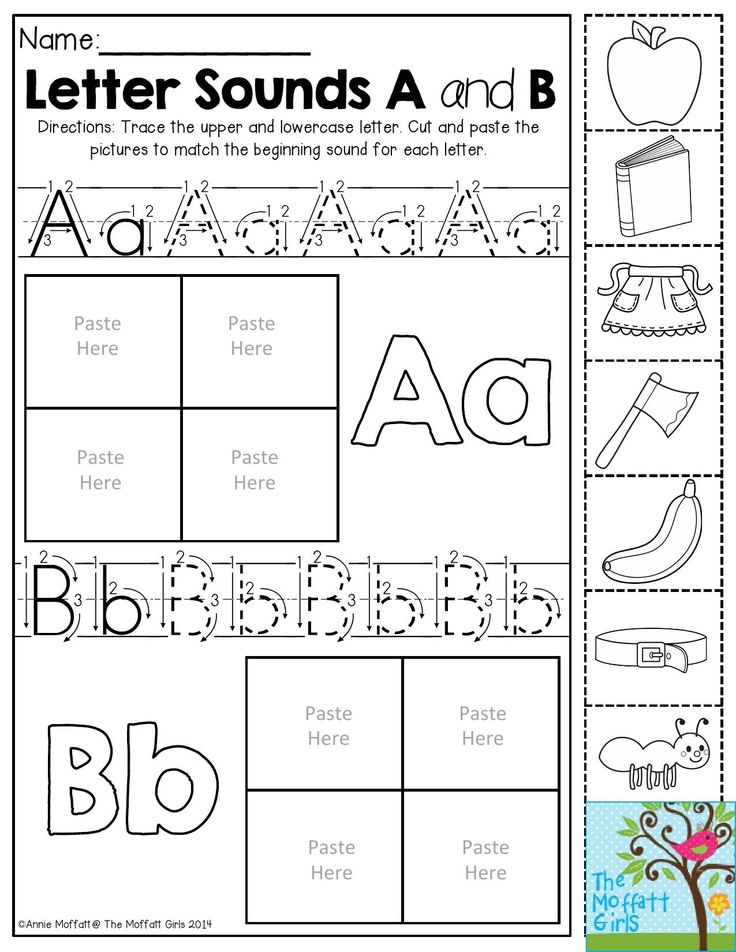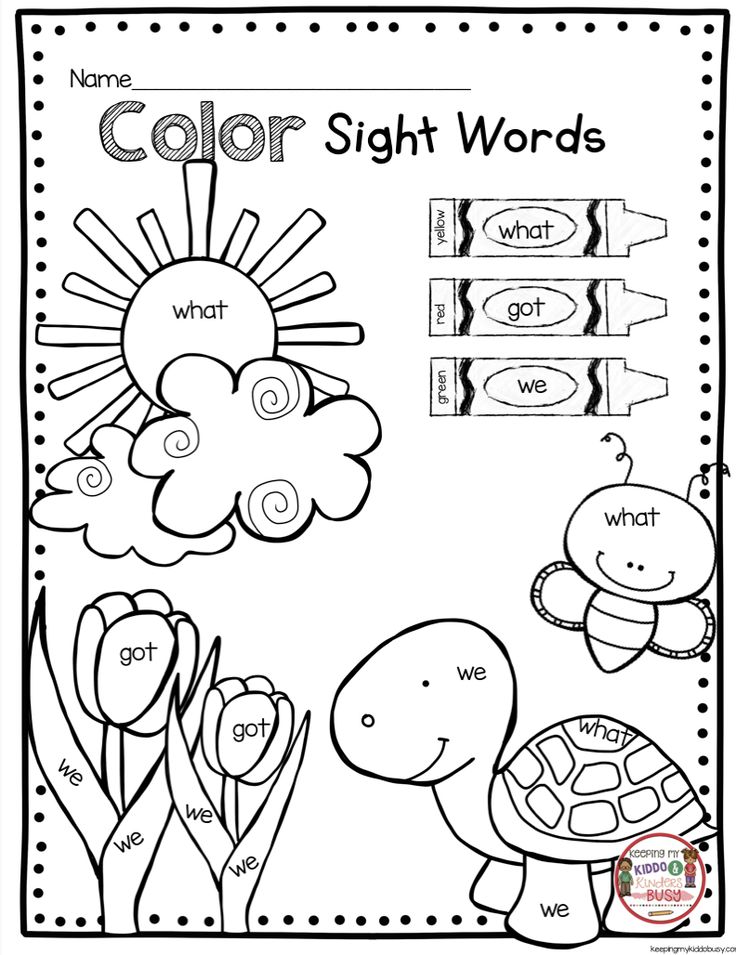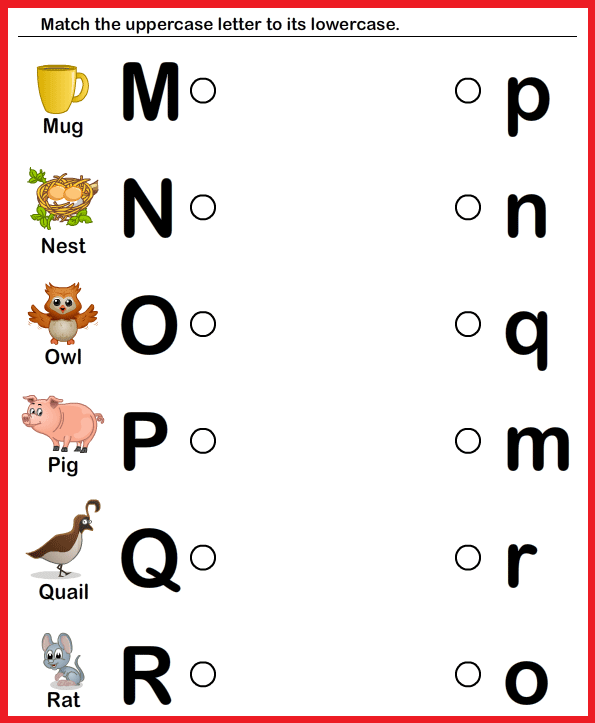Emergent reading skills checklist
Six Early Literacy Skills – Colorado Libraries for Early Literacy
Early literacy is everything a child knows about reading and writing before he or she can read or write.
Based on research, the first iteration of ECRR identified six early literacy skills that children must know before they can learn to read.
Print Motivation
Being interested in and enjoying books
Why is it important?
A child who experiences books and reading as positive or enjoyable will be more likely to want to learn to read on their own. Motivation is important because learning to read is HARD WORK!
It’s important that we make sure our children start reading and listening to books from day one and that they have a good time with books.
What Can You Do to Help Build this Skill?
- Have fun!
- Read books you both like
- Stop (or shift gears) when it is no longer fun. Length of time is not important; enjoyment is!
Print Awareness
Noticing print everywhere, knowing how to handle a book, and knowing how to follow the written word on the page
Why is it important?
Children have to be aware of words before they can read them. They need to know how books work–the front cover, what’s upside down, which page to start on, how to look from left to right.
When kids are comfortable with books, from knowing how to open a book to understanding what those black squiggles are, they can concentrate on starting to read the words.
What Can You Do to Help Build this Skill?
- Read board books that your child can handle on his/her own; let him/her turn the pages as you read together.
- Sometimes point to the words as you read.
- Talk about print even when you are not reading together. Look for letters and words on signs, labels, and lists.
Letter Knowledge
Knowing that letters are different from each other, knowing letter names and sounds, and recognizing letters everywhere
Why is it important?
To read words, children have to understand that a word is made up of individual letters.
What Can You Do to Help Build this Skill?
- Look at and talk about different shapes (letters are based on shapes).
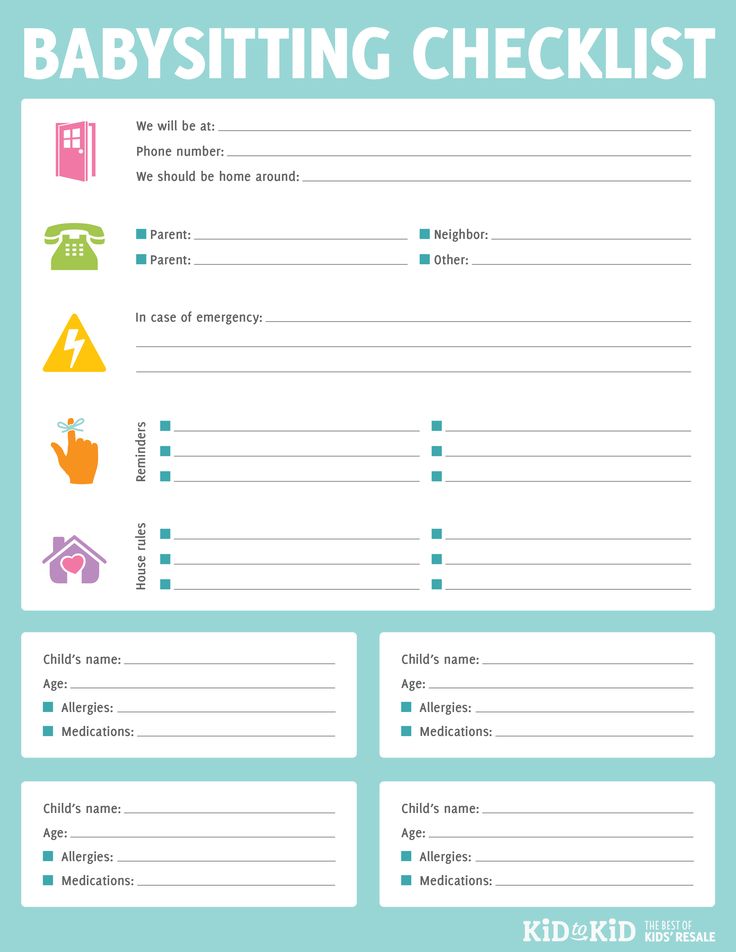
- Play “same and different” type games.
- Look at “I Spy” type books.
- Notice different types of letters (“a” or “A”) on signs and in books.
- Read ABC books.
- Talk about and draw the letters of a child’s own name.
Vocabulary
Knowing all kinds of words
Why is it important?
It’s much easier to read a word when it’s a word you already know. Children with bigger vocabularies have an easier time when they start to read, since it’s much easier for them to make sense of what they’re sounding out.
What Can You Do to Help Build This Skill?
- Encourage children to learn their native or home language first; this makes learning another language (speaking and reading) easier later.
- Talk with children in positive and conversational ways; commands and “no’s” do not encourage language development.
- Carry on lots of conversations with children.
- Explain the meanings of new words.
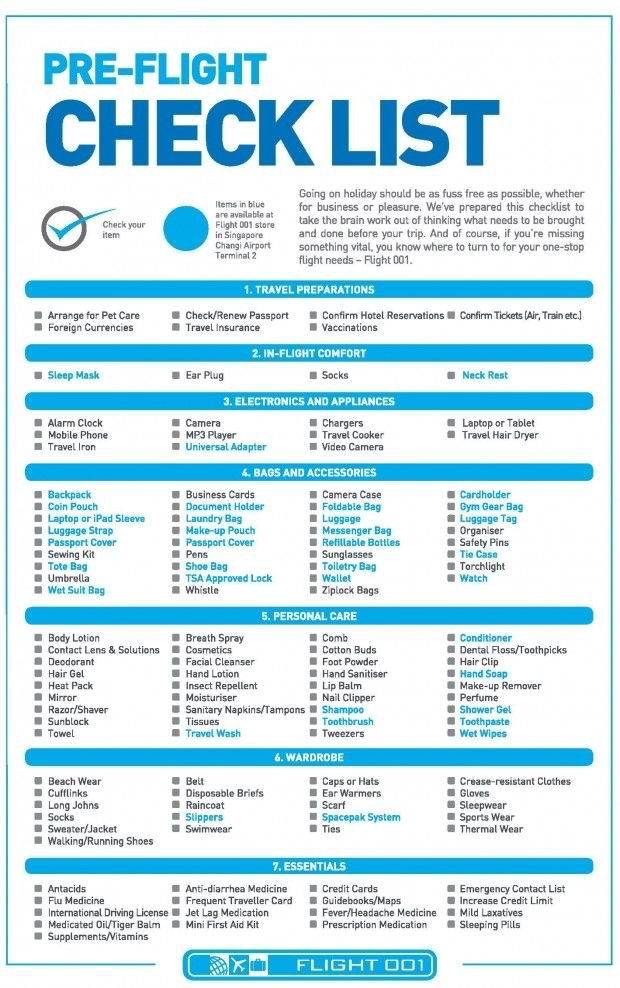
- Read books! Picture books use a different vocabulary than casual spoken conversation.
Phonological Awareness
Hearing and playing with the smaller sounds of words
Why is it important?
Children who can hear how words “come apart” into separate sounds will be more successful at “sounding out” words when they start to read.
Knowing when two words rhyme, recognizing words that have the same beginning or ending sounds, and identifying syllables are all examples of phonological awareness.
What Can You Do to Help Build This Skill?
- Sing songs; most break words up into one syllable per note. Reading works with syllables also.
- Recite rhymes; rhymes depend upon ending sounds.
- Play with tongue twisters.
- Pick a sound for the day. Notice it at the beginning of words and at the end of words.
Narrative Skills
Describing things and events, telling stories, knowing the order of events, and making predictions
Why Is It Important?
When children can describe something or retell stories, it shows that they are comprehending what they are reading.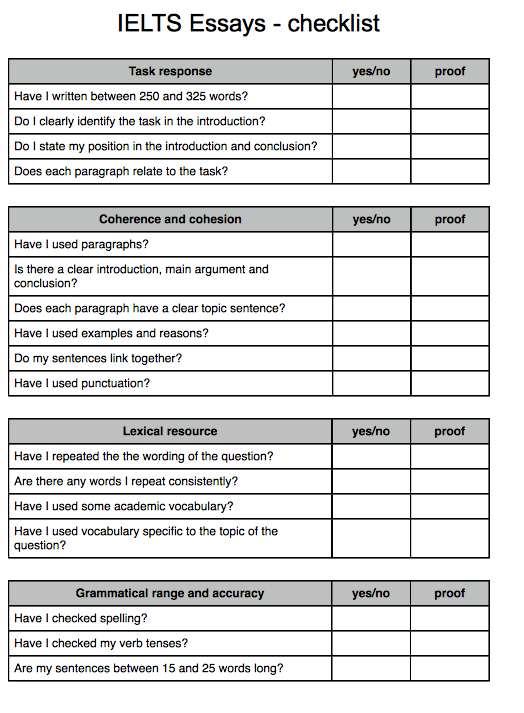 Understanding what they’re reading is crucial to helping them stay motivated to keep reading.
Understanding what they’re reading is crucial to helping them stay motivated to keep reading.
What Can You Do to Help Build This Skill?
- Ask open-ended questions that encourage conversations rather than yes/no or right/wrong answers.
- Talk about your day and its series of events.
- Mix up the events in a story; make it silly!
- Guess what comes next—or come up with a different ending.
- Read stories without words; they really help focus on this skill.
- Name objects, feelings, and events.
From Emergent Menu to Reading Readiness Skills
From Emergent Menu to Reading Readiness Skills | TheDailyCAFE.comSkip to main content
Allison Behne
Article, Printable
Primary teachers often see the benefit of using the CAFE Menu but wonder how it applies to their beginning readers. In the past, our solution was to direct primary teachers to the Emergent CAFE Menu, which was designed for our most emergent readers working on concepts of print, letter recognition and sounds, and other basic prereading skills.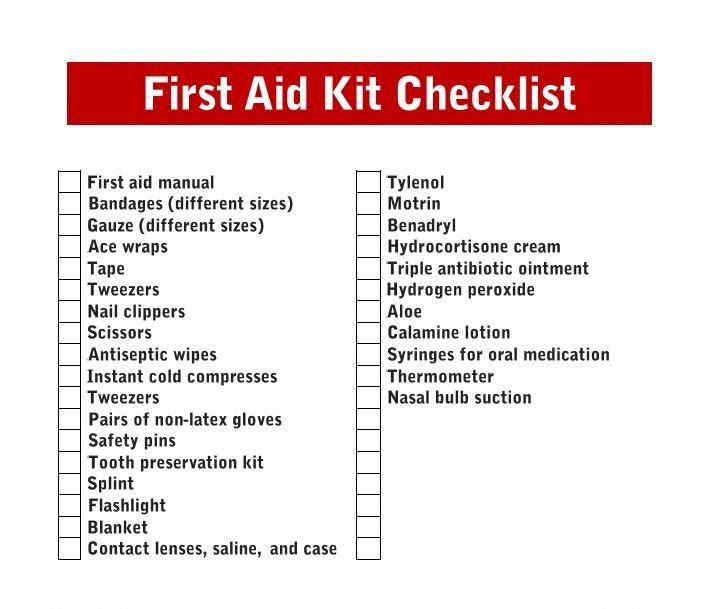 The idea was that once students mastered the skills on the Emergent CAFE Menu, they would transition to the CAFE Menu. However, since the Emergent Menu consists only of concepts of print/readiness skills for readers, it does not help readers strategically move through text. Once readers know the skills on the Emergent Menu, they no longer need to access it.
The idea was that once students mastered the skills on the Emergent CAFE Menu, they would transition to the CAFE Menu. However, since the Emergent Menu consists only of concepts of print/readiness skills for readers, it does not help readers strategically move through text. Once readers know the skills on the Emergent Menu, they no longer need to access it.
For example, think about the readiness skill of letter identification. If a child opens a book to read and doesn’t know a word, it doesn’t matter whether they know their letters. They aren’t going to look to the menu and say, “If I knew these letters, I could read this word.” Letter identification is a constrained skill. Once readers know their letters, they do not have to go back and revisit the menu to help them identify letters. Instead, they would use accuracy strategies on the CAFE Menu to determine the word.
So, what does this mean for the Emergent Menu? This in-depth look at the purpose of the CAFE Menu and the content in the emergent version led us to make a shift in our practice.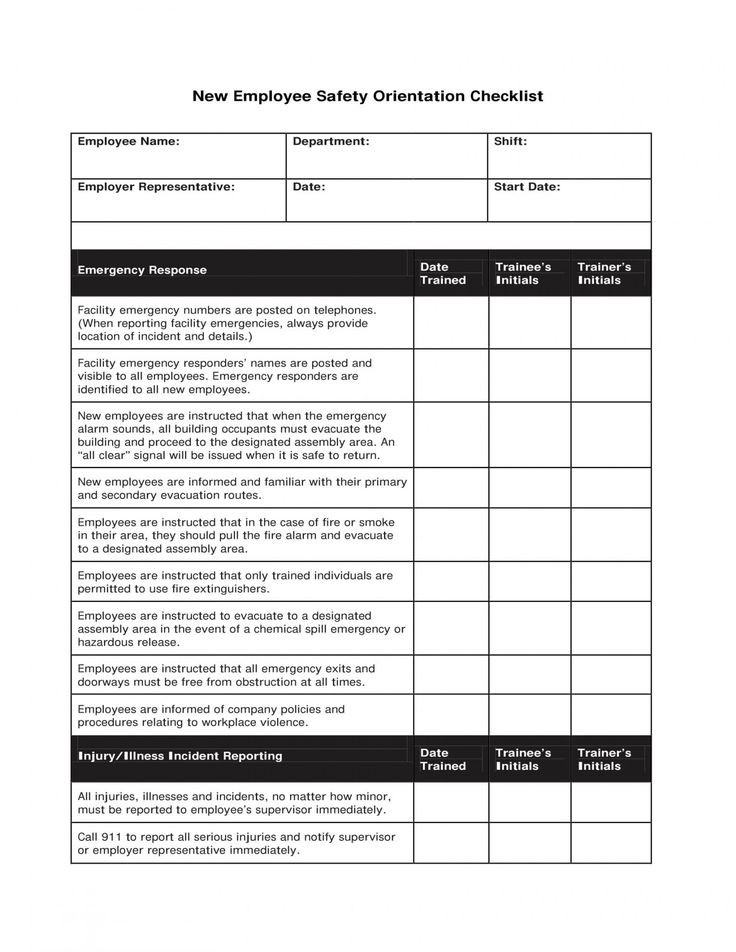 We no longer use the Emergent Menu as a classroom tool and instead use it for what it truly is: a checklist. The skills on the Emergent Menu are essential for our beginning readers, so they can’t be overlooked. However, now we use the Reading Readiness Skills checklist in our conferring notebook as a prerequisite before students move into goals on the CAFE Menu. This document is the Emergent Menu, in checklist form.
We no longer use the Emergent Menu as a classroom tool and instead use it for what it truly is: a checklist. The skills on the Emergent Menu are essential for our beginning readers, so they can’t be overlooked. However, now we use the Reading Readiness Skills checklist in our conferring notebook as a prerequisite before students move into goals on the CAFE Menu. This document is the Emergent Menu, in checklist form.
If our students are all in the prereading stage, do we still post a CAFE Menu? We do. We take time to introduce the four main goals to establish its purpose, and then we move into introducing strategies we use first as listeners and then as readers. You can read more about what this sounds like here.
Related Articles
Article
English
Pre-K
Kindergarten
1st
Here's how half-day kindergarten teachers can make the most of their short time with students.
English
Kindergarten
1st
Teaching our youngest learners how to check in efficiently with their choices.
English
Pre-K
Kindergarten
1st
We once heard that teaching kindergarten is like trying to organize earthworms. We have the utmost respect and admiration for teachers who live their lives in classrooms with egocentric five-year-...
All-Access Member Exclusive Content
This content is reserved for All-Access members. Consider upgrading your membership to access this resource.
Sign Up Now
No Thanks.
Already a member? Log In
Speed Reading Exercises
The secret to mastering the speed reading technique is regular exercises in developing memory, attention and mastering other speed reading skills.
The greatest benefits are those exercises that eliminate the cause of the low speed of perception and processing of visual information.
The main mistakes that create a barrier in reading speed for both children and adults are considered to be involuntary recurrent eye movements (regression) and unnecessary articulation, which we learned just in childhood.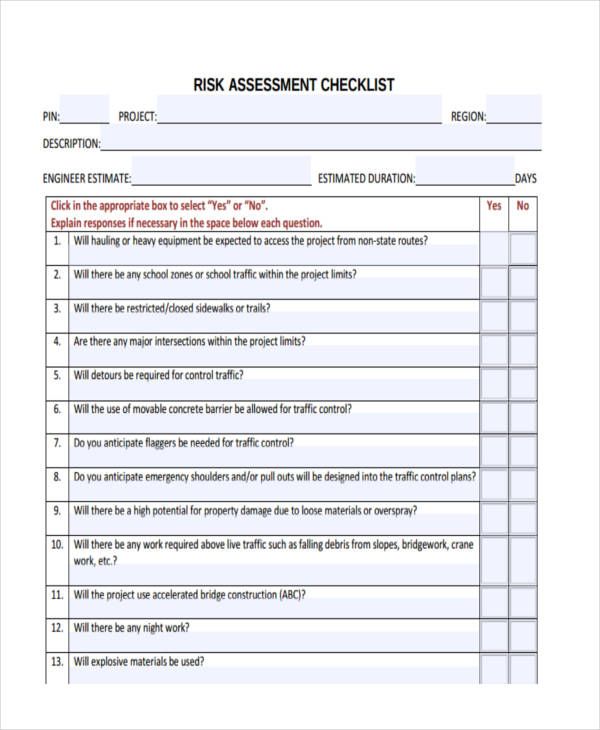
The main disadvantages that impede the effective and rapid perception of information:
- trouble concentrating;
- small angle (field) of visual coverage of textual information.
So, speed reading exercises in grade 1 should be aimed primarily at developing the ability to concentrate attention and expanding the scope of information. The "small field of vision" is perhaps the most important reason why children are taught to read first by letter, by syllables, then by whole words, phrases and sentences with an expression confirming the reader's understanding of the meaning of what is written.
Not every adult can boast of the ability to perceive long phrases and whole sentences “at a glance”. This is where the development of visual reading skills in most people stops.
Expanding the field of view
For children of any age, we recommend developing a number of the listed skills with the help of an exciting online exercise game based on Schulte tables.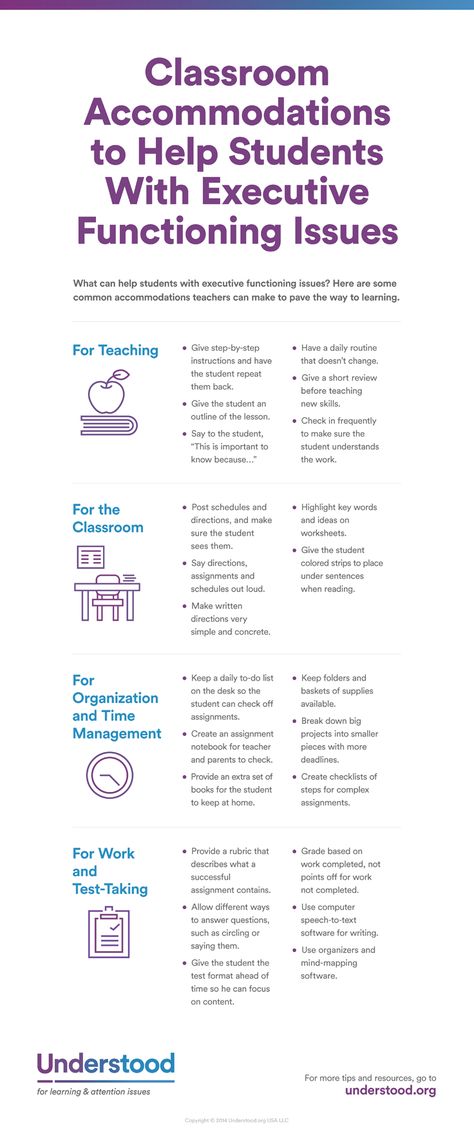
"Development of peripheral vision according to Schulte tables"
Regular training with the help of Schulte tables will allow your child not only to have an interesting time, but also help to increase concentration, expand peripheral vision and develop memory.
"Defocused look" . The main task of training is to use a dispersed gaze to perceive a larger area of \u200b\u200bthe page or screen. The exercise can be performed in various ways, for example, to search for identical elements using diffuse vision or to memorize more elements that could be covered without moving your eyes from the central object of attention.
Improving concentration
"Activation of both hemispheres" . Take a text on a topic familiar to you and read a paragraph alternately with your right and left eyes. Thanks to this simple technique, you activate both hemispheres of the brain in turn.
"Selecting the main" . Many outstanding personalities used this technique.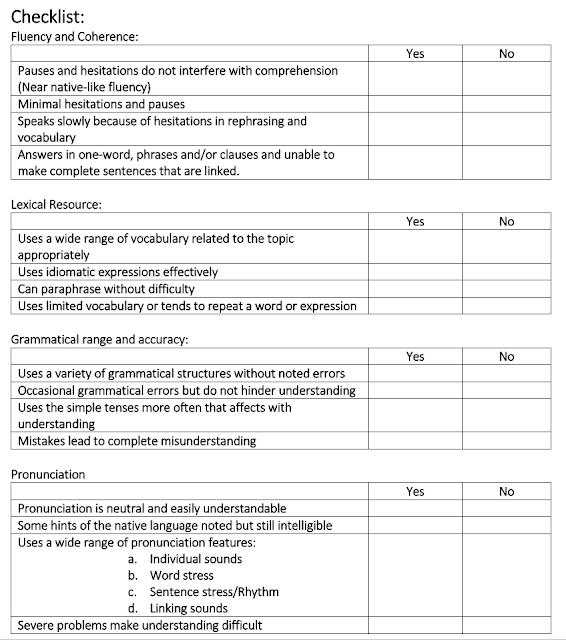 Just take a marker or pencil and highlight the 2-3 most important thoughts from the page. It is even better to improve this exercise and not just highlight the main thing, but put down your critical remarks with signs: very important information - “!” or "NB", agree - put "+", do not agree - "-", etc.
Just take a marker or pencil and highlight the 2-3 most important thoughts from the page. It is even better to improve this exercise and not just highlight the main thing, but put down your critical remarks with signs: very important information - “!” or "NB", agree - put "+", do not agree - "-", etc.
"Name the color" . Call out loud as you read the following colored word color text. It is the colors, not what is written.
Red. Green. Blue. Yellow. Violet. Orange. Brown. Blue.
Red. Blue. Green. Violet. Yellow. Brown. Blue. Green. Blue.
Don't rush to do it at incredible speed. Well, if after training you, in principle, managed to complete the exercise without errors.
"Find the word" . Exercise options:
- Search the page for all words beginning with a certain letter.
- Search the page for all occurrences of a particular word or phrase.
Riddles is a simple and very effective way to train concentration skills at any age.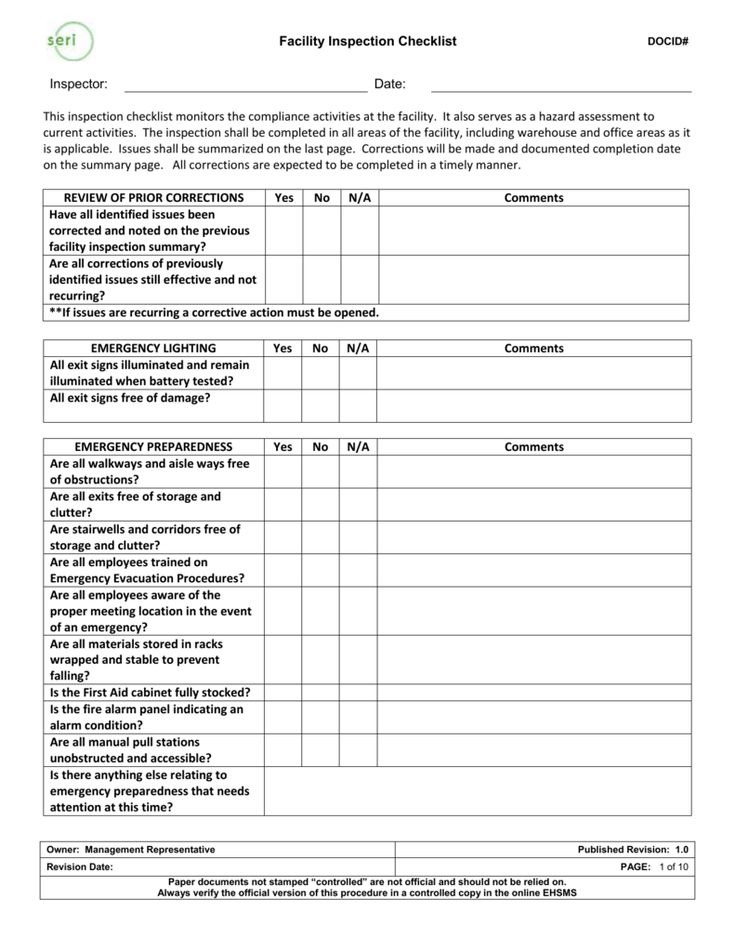 For this purpose, snag riddles or tricky logic questions are well suited.
For this purpose, snag riddles or tricky logic questions are well suited.
Getting rid of regression
"Cutting half a line" . When reading the text, cover half of the line (upper part) with a sheet of paper. Thus, you will force the brain to guess what is written and at the same time, in such a situation, it is natural to want to see the next line even before you “cut off” part of it. This exercise will teach you to jump ahead while reading and at the same time not return to what you read.
Pointer . To break the habit of looking back at what you have already read, let your eyes constantly follow the pen, pencil or finger that will lead you forward all the time.
"Speed Reading" . Recall the reading speed test in elementary school. We take a timer and measure our current result by reading one page, chapter or article.
Suppressing articulation
"Alt Text" . In parallel with reading, we say something that is not related to the subject of attention. For example, we hum the motive of the song (“la-la-la, true-lal-la”) or pronounce another text in our mind, for example, proverbs, tongue twisters, or keep count in order, regardless of the number of words or lines read. The main thing is not to lose concentration.
For example, we hum the motive of the song (“la-la-la, true-lal-la”) or pronounce another text in our mind, for example, proverbs, tongue twisters, or keep count in order, regardless of the number of words or lines read. The main thing is not to lose concentration.
"With your mouth shut!" If your lips move or your tongue moves while reading, you need to keep them busy. This error is often present in children after constant reading aloud in the lower grades. Try simultaneously chewing on a pencil or crackers or chewing gum.
"Drumroll" . We tap some kind of rhythm on the table with our fingers, the more difficult it is, the better. If the fingers are busy, the speech center of the brain will be automatically at least partially blocked.
"Reading with distracting music" . A great way to suppress the desire to pronounce readable text is to listen to music that does not have a constant rhythm. Jazz is best suited for this purpose.
We develop memory
"Non-Standard Reading" . Reading text rotated 90 degrees away from you, 180, 45, etc. An example of the exercise: turn the page upside down and set the task of reading the text backwards (i.e. from right to left). Such training is especially useful for children in order to form in memory the standards of integral letters, regardless of how they are located.
Reading text rotated 90 degrees away from you, 180, 45, etc. An example of the exercise: turn the page upside down and set the task of reading the text backwards (i.e. from right to left). Such training is especially useful for children in order to form in memory the standards of integral letters, regardless of how they are located.
"Restore the missing letters." An excellent exercise for the development of verbal-logical memory. While reading a text with missing letters, stops for “guessing” the next word are forced to keep in mind the words and the meaning of what was read earlier. A good workout not only for memory, but also for eliminating such fast reading obstacles as recurrent eye movements and articulation.
Development of the speed of thinking
One of the main reasons why it is possible to significantly improve the reading speed of any person is the redundancy of information at all levels of texts (especially those posted on the Internet), from headlines and introductory structures designed to attract attention, to individual words with a weak or completely absent semantic load.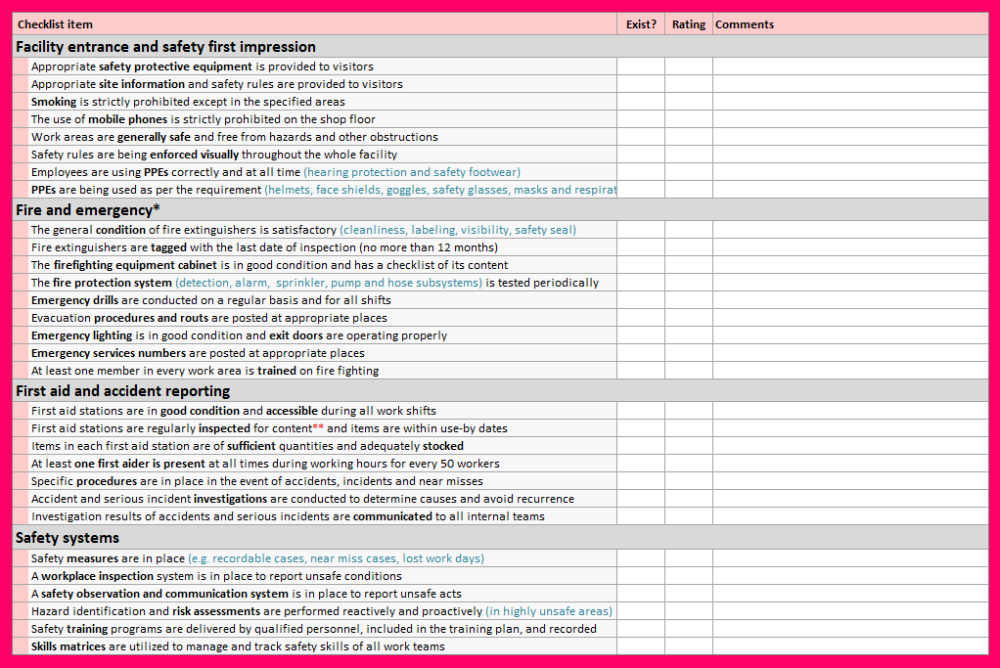
Regular solution of logical problems develops the ability to separate the main from the secondary, develops the skill of "turning on blindness" in relation to redundant information and "instantaneous" perception of important thoughts. This is achieved, first of all, thanks to regular exercises in the speed of perception of the conditions of the problem and understanding the essence of the question being asked. A conscious analysis of the structure of tasks develops the skill of splitting tasks into conditions and groups of conditions, highlighting one or more questions, understanding the optimal order for solving subtasks, and searching for solutions.
Completing tasks from LogicLike will help at any age:
- improve concentration;
- develop the speed of thinking;
- increase the ability to think logically correctly;
- and, as a result, significantly increase the speed of reading and remembering important information.
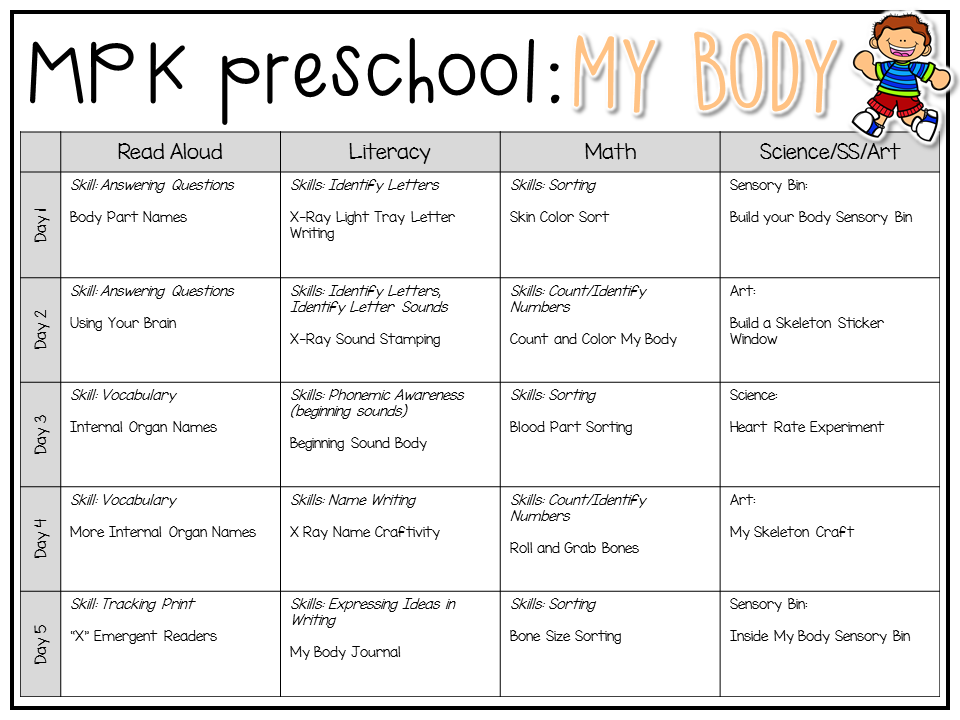
20-30 minutes of classes on LogicLike every day is a proven way to develop logic and speed of thinking, attention and memory.
Exercises for the development of reading technique for younger students
Hello friends! What are you complaining about? Is your child's reading technique lame? Taxi, we will treat. Keep the prescription. I prescribe you special exercises for the development of reading technique. Take regularly, once a day, several pieces. And the reading technique will firmly stand on its feet, and then it will also jump forward.
Such magical exercises do exist. And if you try, then on the Internet you can find hundreds of different methods, approaches, ways. Eyes run wide to be honest, and the brain begins to boil slowly. You don't know what to choose.
In order to protect my readers from such problems, I took the liberty of making my own choice. The article includes only the most interesting and delicious, in my opinion, exercises that will undoubtedly help raise the reading technique to the level provided for by the Federal State Educational Standard.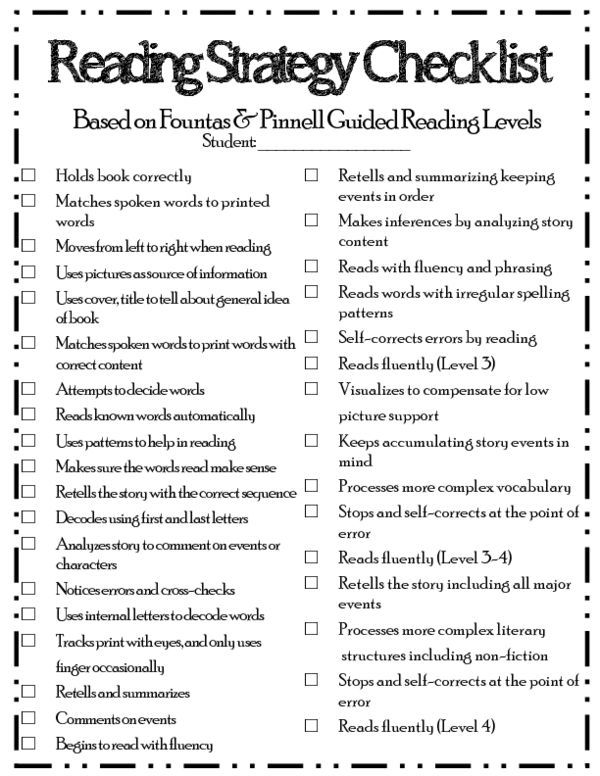 I do not claim their authorship, they were developed by professionals: teachers, psychologists, professors.
I do not claim their authorship, they were developed by professionals: teachers, psychologists, professors.
But I claim the authorship of their names. Painfully, they are boring in the original performance. Agree, “The Secret of the Missing Offer” sounds much more fun than “Professor I.T. Fedorenko. And it will certainly arouse more interest among younger students.
Lesson plan:
- 1 List of exercises
- 2 Exercise 1. “Half of a watermelon”
- 3 Exercise 2. “Lost letters”
- 4 Exercise 3. “Eye-diamond” 901 901 Sherlock
- 6 Exercise 5. Through the Looking Glass
- 7 Exercise 6. The Mad Book
- 8 Exercise 7. The Birds Have Arrived
- 9 Exercise 8. Partisan
- Exercise 10. ! Again!"
- 11 Exercise 10. “The Mystery of the Missing Offer”
- 12 How to practice?
Exercise List
Here it is! List of special reading exercises:
- “Half-Arbusa”
- “Lost letters”
- “Glack-Diamond”
- “Sherlock”
- “Behind the Beginning”
- “Frantic Book”
- “Plants flew” 9ATHER "Partizan"
- "Oh, time! Again!"
- "The Mystery of the Missing Offer"
Exercise 1.
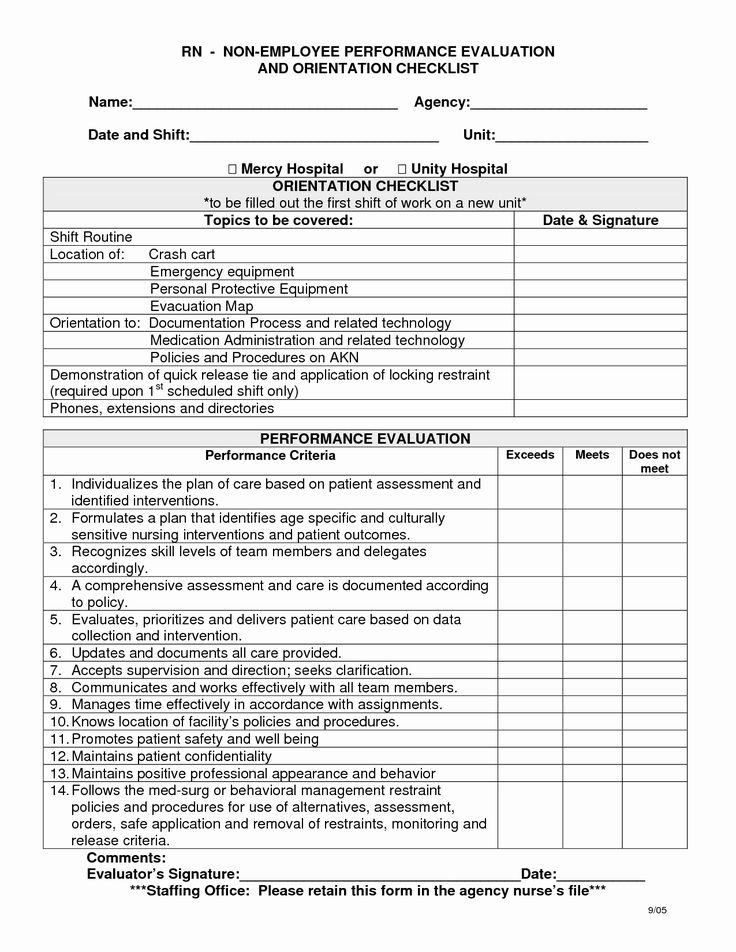 "Half a Watermelon"
"Half a Watermelon"
Ask your child if he can imagine what a whole watermelon looks like when he sees half a watermelon. Of course, the answer will be positive. Now suggest doing the same experiment with words.
Take a book and an opaque ruler. Cover one line in the book with a ruler so that only the top of the words are visible. Task: read the text, seeing only the tops of the letters.
Move the ruler up and show only the bottom of the words. Reading. By the way, this is more difficult.
For very young schoolchildren, another version of the game can be offered. Make cards with simple words. And then cut these cards along the words into two halves. It is necessary to connect the two halves correctly.
Why is it useful? Aimed at the development of anticipation. Anticipation is anticipation. This ability of the brain, which gives us the opportunity, when reading, not to read absolutely all the words and letters. The brain already knows that they are there, so why waste time on them? Anticipation can be developed, it makes reading fluent, conscious, easy.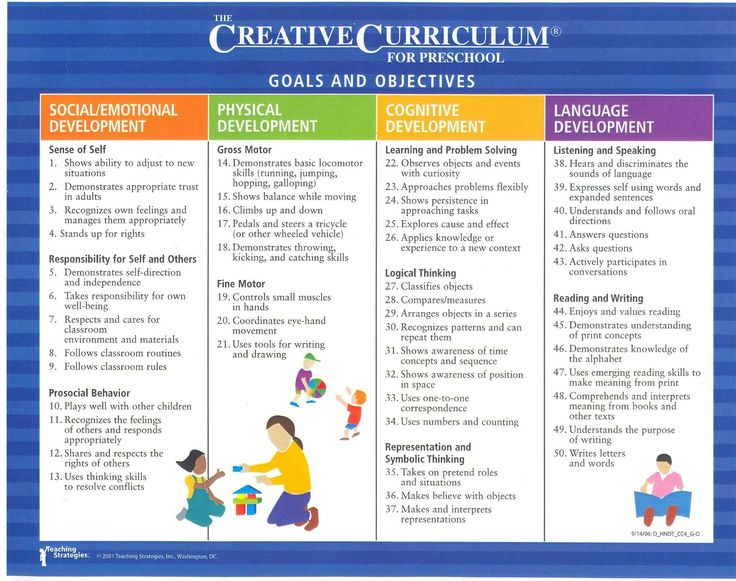
Exercise 2. Lost Letters
Another exercise to develop anticipation.
Letters and words are sometimes lost. But even without some letters and words we can read. Shall we try?
Write on paper, print out on a printer or write with a marker on a special board the phrases that you see below.
Book shelf.
New... T-shirt.
Large spoon.
Red... cat.
Another phrase like this:
Bobby ate all the cutlets,
He doesn’t share .......
And some more like this:
Ok-ok-ok - we’ll build ..... ..
Yuk-yuk-yuk - ours broke down ......
Task: to read letters and words that do not exist by guessing. For the next lessons, come up with your own phrases, use new phrases, catchphrases, tongue twisters.
Exercise 3. “The eye is a diamond”
Look at the picture and draw the same rectangle.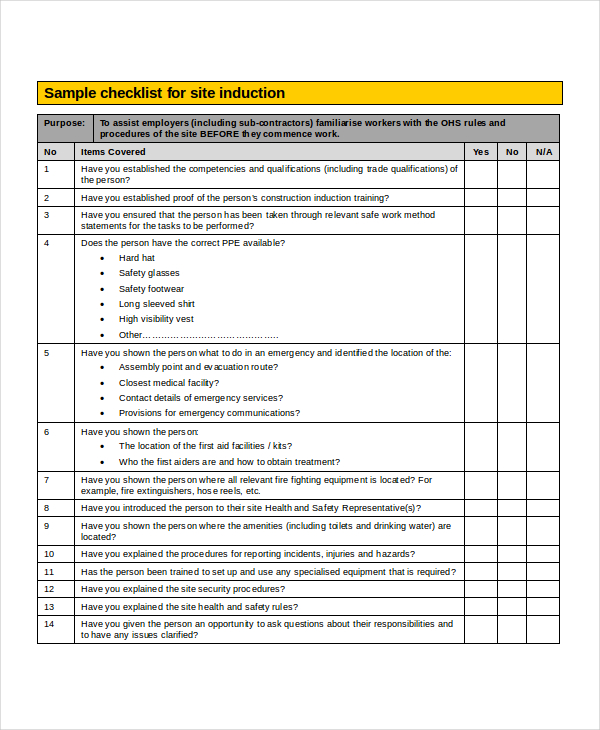 In the cells, place the numbers from 1 to 30, in random order, but not one after the other. The numbers should be randomly scattered across the cells.
In the cells, place the numbers from 1 to 30, in random order, but not one after the other. The numbers should be randomly scattered across the cells.
The student looks at the picture with the sign.
And now, together with him, start counting out loud: one, two, three, and so on up to thirty.
The count is even, not too fast, but not too slow either.
Child's task:
- on the count of one, find and show one with your finger;
- on the count of two - deuce;
- three - three, etc.
If a child hesitates with some number, then the score is not waiting for him, you need to catch up, look faster. For kids, you can draw smaller signs, for example, 3X3 or 4X4.
What is the purpose of the exercise? It is aimed at increasing the viewing angle. In order to “hook” with your eyes when reading not one letter, not one word, but several words at once, well, or the whole line entirely. The wider we look, the faster we will read.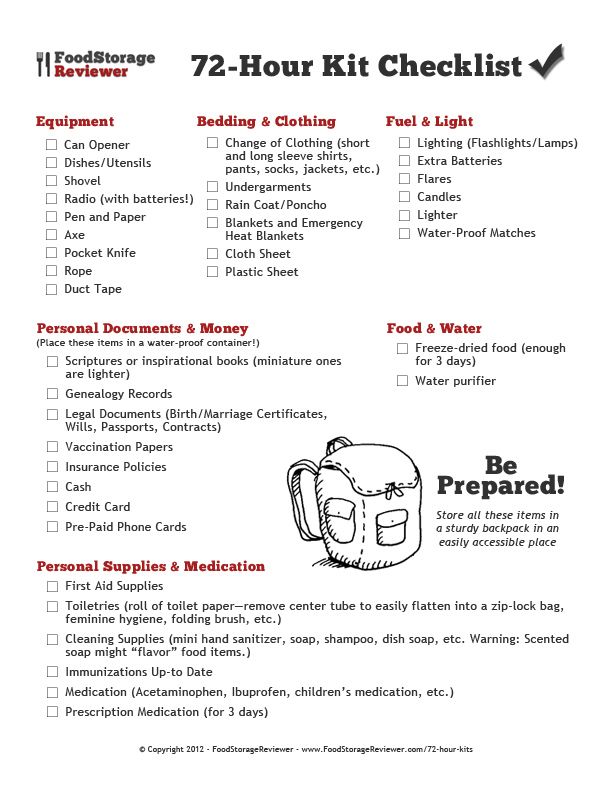
One table can be used two or three times, then the arrangement of numbers must be changed.
Exercise 4. Sherlock
Place words on a piece of paper. Very different, not very long. In random order. How to scatter them on paper. Name one of the words and ask the child to find it. Words can be, for example:
frame, kissel, spoon, chair, horse, gold, soap, pen, mouse, mouth, knee, dog, summer, lake, cancer
Each next word will be faster than the previous one. Since trying to find one word, the student will read others along the way, and remember where they are. And that's all we need.
Thanks to Sherlock, the viewing angle is increased. And reading speed.
Exercise 5. “Through the Looking Glass”
We got into the looking glass world, and everything is the other way around. And even everyone reads not from left to right, but from right to left. Shall we try?
So, we read the lines in the books from left to right.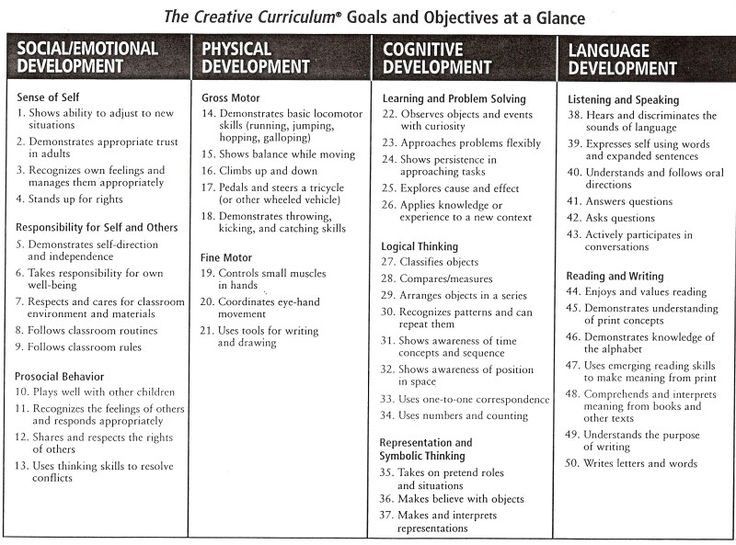 I will clarify, the words themselves do not need to be turned over. It is not necessary to read "tomegeb" instead of "behemoth".
I will clarify, the words themselves do not need to be turned over. It is not necessary to read "tomegeb" instead of "behemoth".
With this method of reading, the meaning of the text is lost. Therefore, all attention is switched to the correct and clear pronunciation of words.
Exercise 6. "Mad Book"
Tell your child that sometimes some ill-mannered books behave rather strangely. They suddenly pick up and turn upside down.
Child reads aloud. After a while, you clap your hands. The task of the child is to turn the book upside down and continue reading from where he left off. At first, you can make marks with a pencil so as not to get lost in the text. And so several times. Two, three full turns of the book.
If your student is only in the 1st grade, or maybe even in the 2nd grade, but reading is still very difficult, then you can read not a book with texts, but short simple words printed one after another on paper.
What will it do? Eye coordination will develop, the ability to navigate in the text.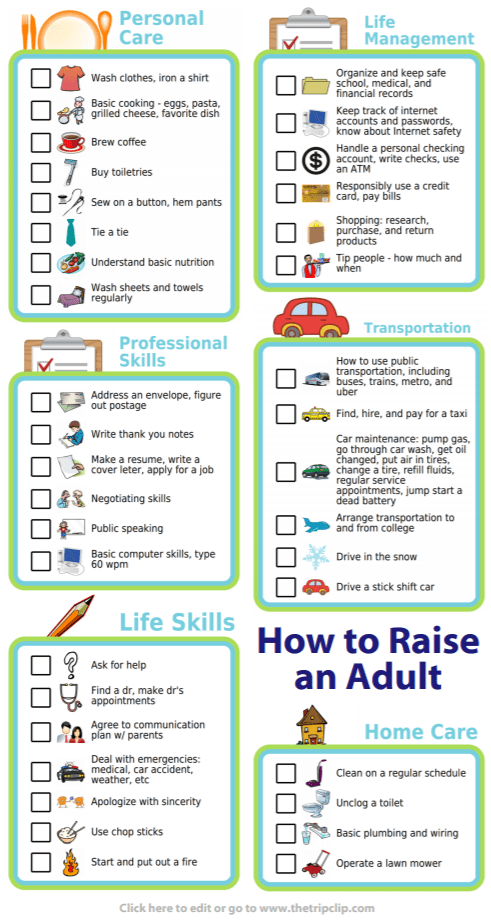 A standard of letters will be formed. And the processing of information by the brain will improve.
A standard of letters will be formed. And the processing of information by the brain will improve.
Exercise 7. “The birds have arrived”
Show the child the phrase “the birds have arrived”. And ask to read it:
- calm;
- happily;
- loud;
- quiet;
- sad;
- with irritation;
- with fear;
- mockingly;
- with anger.
What will it give us? Ability to read expressively. And convey feelings and emotions with your voice. Don't get hung up on that one sentence. You can read proverbs, sayings, tongue twisters with different intonation.
Exercise 8. "Partisan"
The student reads the text (or individual words, if it is still very small) aloud. You say: "Partizan". At this signal, the student takes a pencil into his mouth (holds it between his lips and teeth) and continues to read to himself. At the signal “Partizan escaped,” we take out the pencil and read aloud again.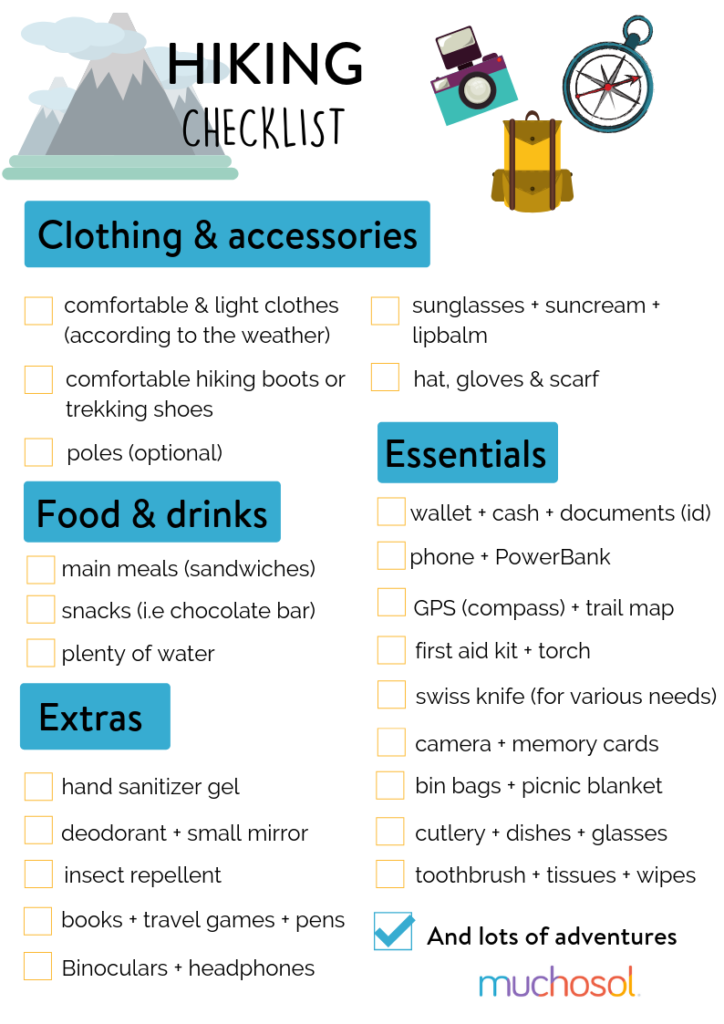 And so several times.
And so several times.
Why? To eliminate the pronunciation of words while reading silently. Speaking is the enemy of speed reading. So it needs to be removed. And when a pencil is clamped in the teeth, it will not work to pronounce.
Exercise 9. “Oh, one! Again!"
For this exercise we need a stopwatch and a text to read.
We read for 1 minute. We pay attention to the speed of reading, but for now you can forget about expressiveness. Ready? Go!
The minute has expired. Stop! Let's mark where we left off.
Let's rest a bit and read the same text one more time. Go! After a minute, we make a notch. Wow! Already more.
And what will happen the third time? And the third time will be even cooler!
What does this give us? Increase reading speed. And the motivation of the child. He will see for himself that he is capable of more.
Exercise 10. “The Mystery of the Missing Sentence”
In order to solve the mystery, we need cards with sentences (look at the picture).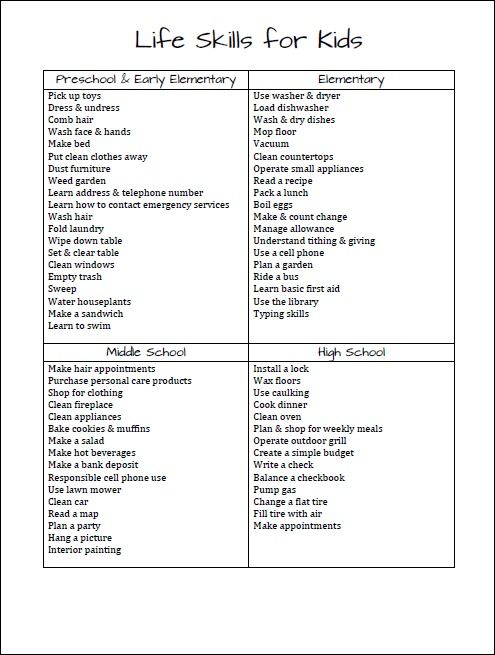 There are 6 cards in total. Each card has one sentence. The font is large and easy to read.
There are 6 cards in total. Each card has one sentence. The font is large and easy to read.
Prepare a notebook and a pen. Let's start the exercise:
- Show the child the first card.
- A student reads a sentence and tries to remember it.
- Remove the card after 6 to 8 seconds.
- A child writes down a sentence from memory in a notebook.
- Show the second card to the child, and so on. up to the sixth sentence.
What is the point here?
As I already said, in fact, this is not a game, but visual dictations developed by Professor I.T. Fedorenko. There are 18 such dictations in total. Each has six sentences.
In our example, I used the very first dictation. What is their peculiarity? Please count the letters in the first sentence of the dictation. There are 8 of them.
In the second - 9,
in the third - 10,
in the fourth and fifth, 11 each,
in the sixth already 12.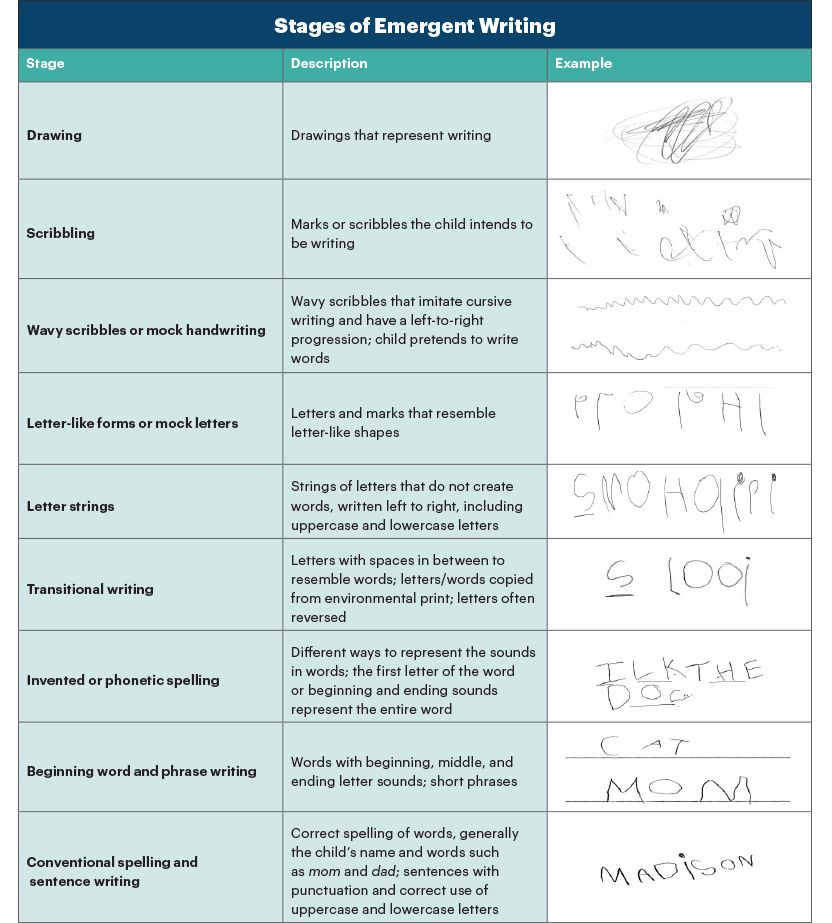
That is, the number of letters in sentences gradually increases and eventually reaches 46 pieces in the last sentence of 18 dictations.
Texts of Fedorenko's dictations can be easily found on the Internet. One dictation can be used twice, thrice, if the child does not manage to do everything right. By the fourth time, it usually works out.
It is convenient to use Microsoft Power Point for this exercise. The one in which presentations are usually made.
By playing the Mystery of the Missing Offer you develop your working memory. When such a memory is poorly developed, the child, having read the sixth word in a sentence, will not be able to remember the first. Do visual dictations every day and there will be no such problems.
How to practice?
Don't try to do all the exercises at once. Only the Mystery of Disappearing Offers game requires your daily attention, and already add a couple more, three exercises of your choice to it.